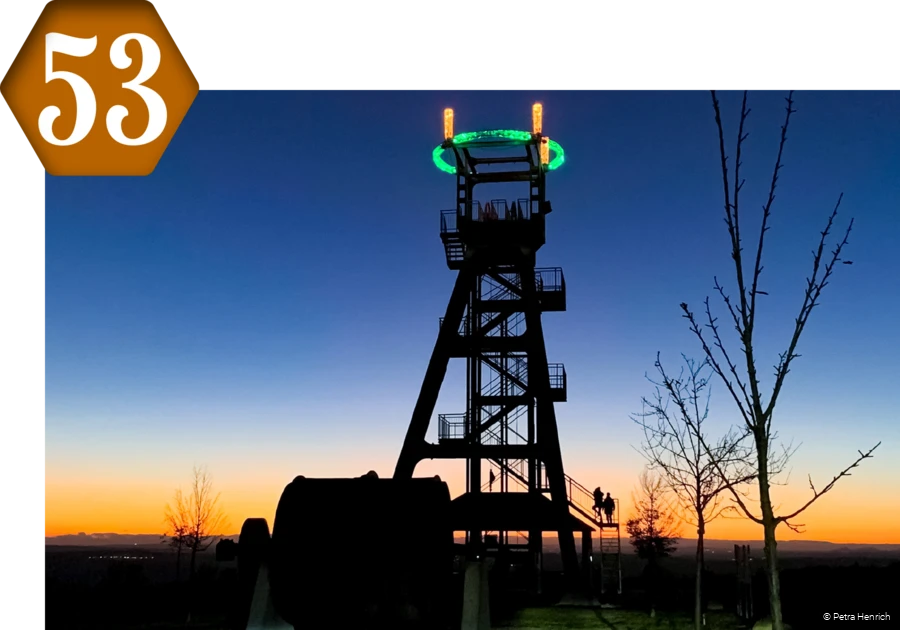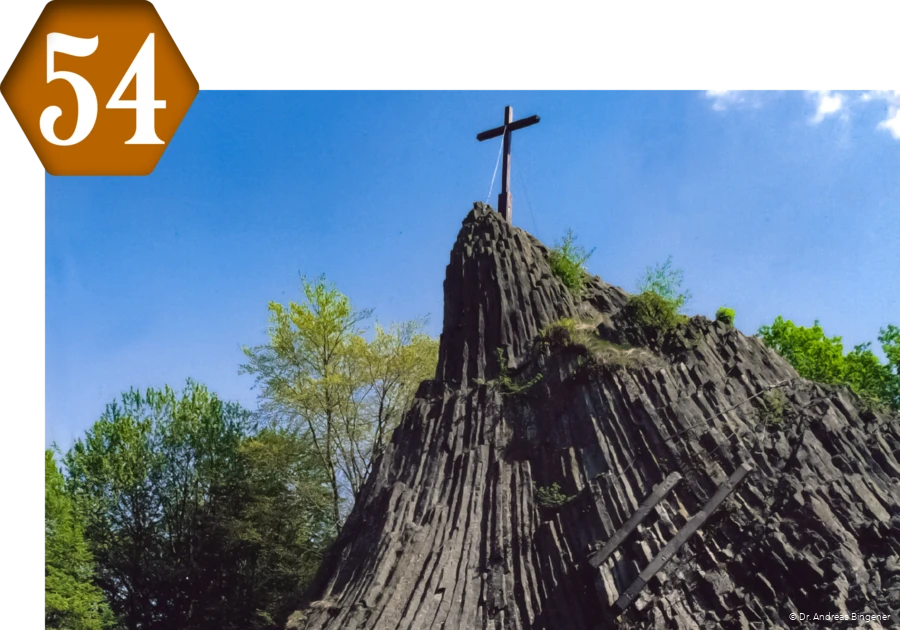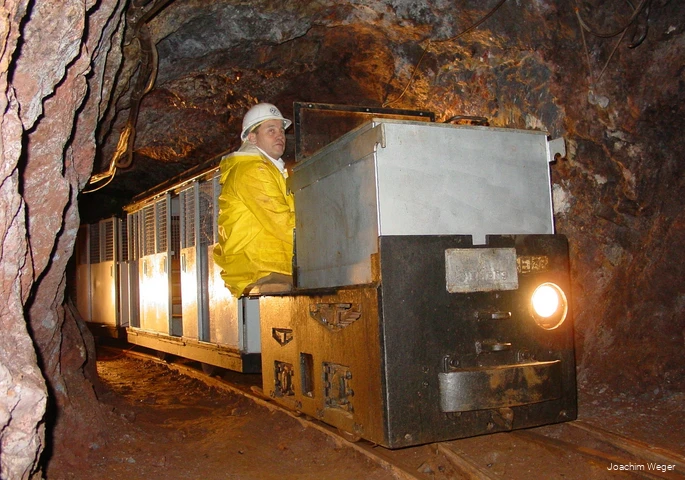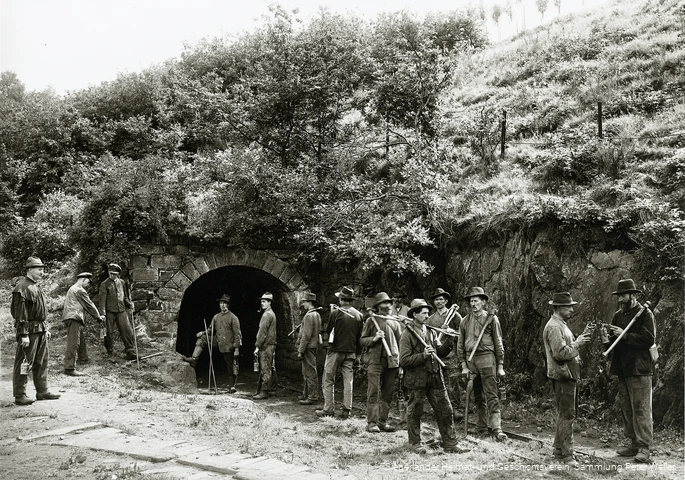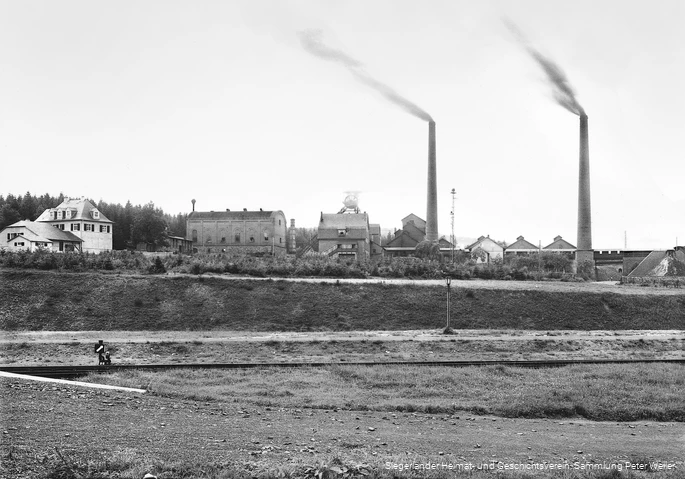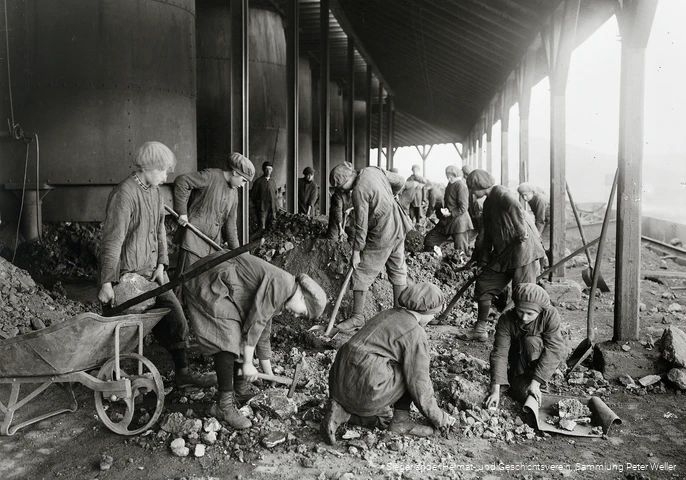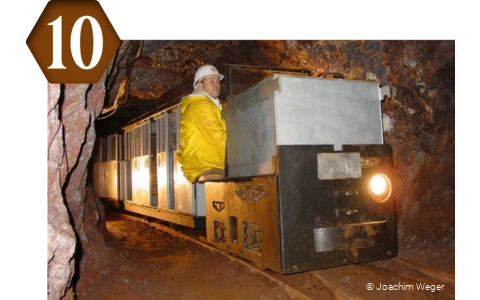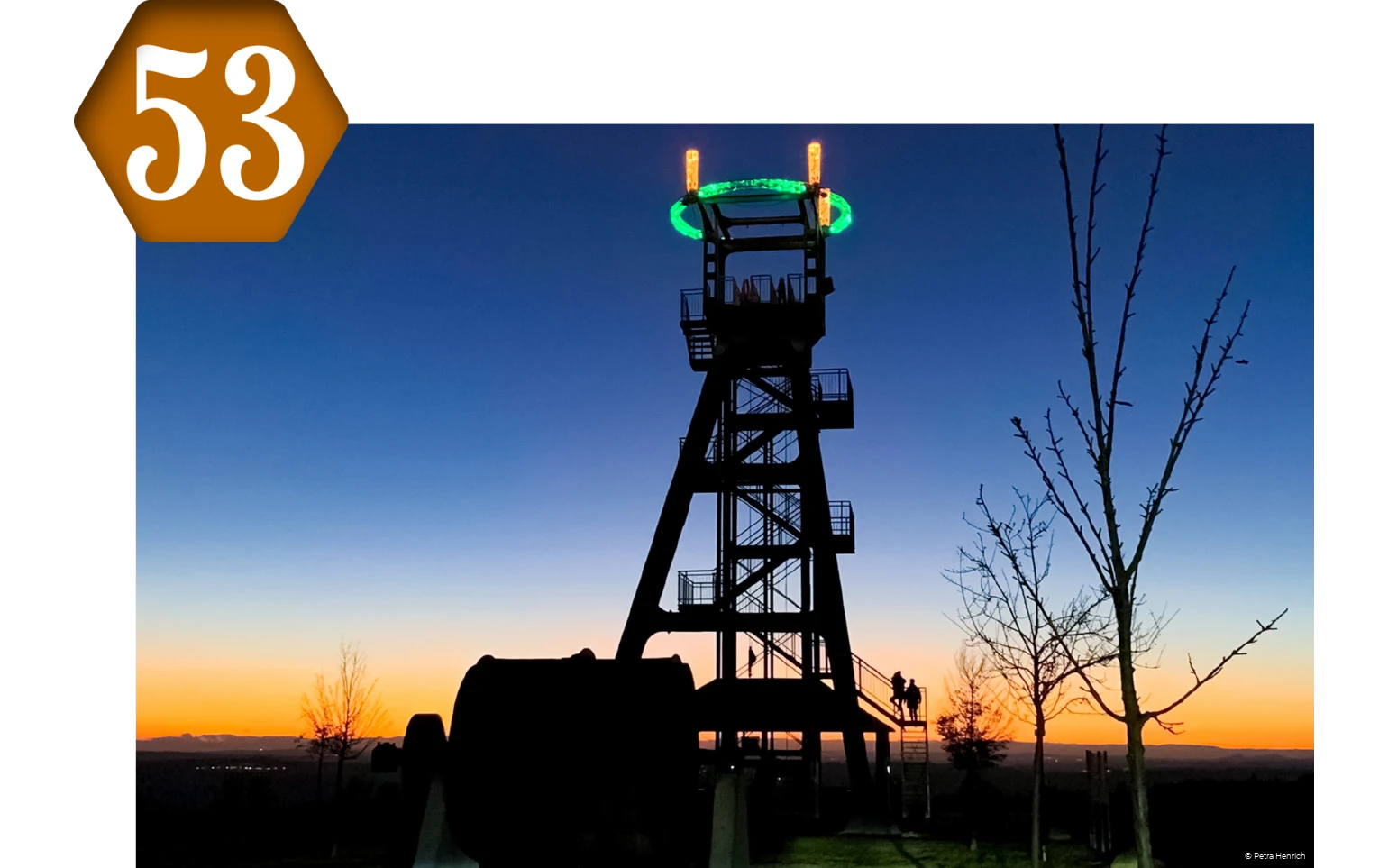Children's tour of the visitor mine
Besucherbergwerk Grube Bindweide
March 6, 1872 is a pitch-black day for the Bindweide iron ore mine in Steinebach: the biggest mining accident in the Siegerland region claims 14 lives and is one of the reasons why mine owner Theodor Stein sells almost all of his ore mines to the Krupp company in Essen. Stories like this about the daily struggle for survival underground accompany today's mine visitors at every turn ...
- Infotext read more
-
… "Down in the mine I realised the social hardship of the people, their hard work," Paul Fink, son of a pit foreman, later recalls. This is clearly reflected during the 90-minute guided tour both on foot and by underground train – deafening sounds of pneumatic drills included. It was Alfred Krupp who led the small-scale underground works to be converted into a mechanised deep mine.
For him, Bindweide is a powerful resource for supplying the Krupp industrial complex, with railway construction playing a key role. Its significance for the industrial interconnection of the Siegerland and Ruhr regions has already been recognised by the mining pioneer Theodor Stein in the 1840s, according to early test drillings in Steinebach and elsewhere. Now, Alfred Krupp also relies entirely on the railways. In 1882 he spends 558,645 marks – nowadays equivalent to more than 3.5 million euros – to build a narrow-gauge railway to the Scheuerfeld stop on the Deutz-Gießen railway. In addition, a branch line to Siegen provides a connection to the Ruhr-Sieg route. One of the customers of the Siegerland ore is the Friedrich Alfred ironworks in Rheinhausen.
Thanks to the initial boom of the Krupp era, Steinebach mining village occasionally has more people underground than above ground: up to 866 miners and other staff are employed by the Bindweide mine in the later 19th century – compared to just 350 inhabitants. The majority of the workers are underground hewers. Around 1912/13, they extract about one tonne of ore and dead rock per man per shift and are paid 4.33 marks for it. That's not much, given the risks involved and the cost of living at the time – 1 kilogram of cooked meat would cost 93 pfennigs. Yet, the mine incurrs a loss due to unfavourable geological conditions. World War I and the Great Depression accelerate the decline and render mining increasingly unprofitable. Not even 11 million tonnes of ore reserves can prevent the mine from closing in 1931. In 1986, the site reopens – as visitor mine.
Steel Time Travel Destinations Nearby
The "Steel Time Travelers" Luise & Alfred: Besucherbergwerk Grube Bindweide
Lu:
And here you have probably already struck, Alfred? ...
- Read more dialog text
-
Lu: And here you have probably already struck, Alfred?
Al: Unfortunately, that's the truth, dear Lu! A misfortune helped me to this mine. Owner Theodor Stein sold his underground empire after it had become hell for his miners. It was not firedamp, but a water inrush that doomed fourteen of them.
Lu: Hu. What a gruesome story!
Al: Mining is a hard and dangerous business! Do you want to see what it looks like underground? Here we have iron glance, brown ironstone and spar ironstone.
Lu: Is it still being quarried with hammers and iron? Where is your much-vaunted progress?
Al: You mean propulsion! Compressed air is the new magic word! We teach the hammers to dance!
Lu: Excuse me? I can't understand a word you're saying - or rather, I don't understand anything anymore!
Al: Music to my ears. The beat of progress - er, propulsion!
Visitor information
Address:
Bindweider Straße 2
57520 Steinebach/Sieg
Phone: 02741/291-118
tourismus@vg-bg.de
www.bindweide.de
Opening hours:
Wed/Sat/Sun/Holidays: 2 - 5 p.m.
Open: 1 Apr - 31 Oct
Advance booking necessary!
![]()
![]()
![]()
![]()

